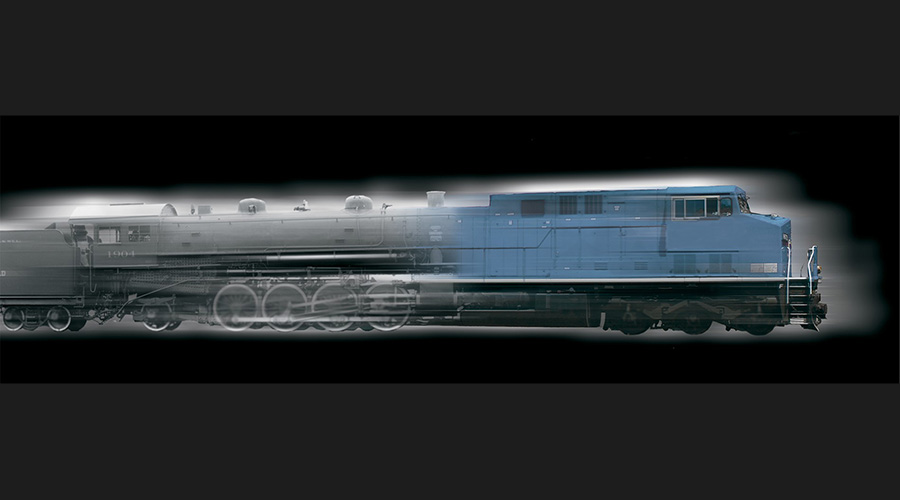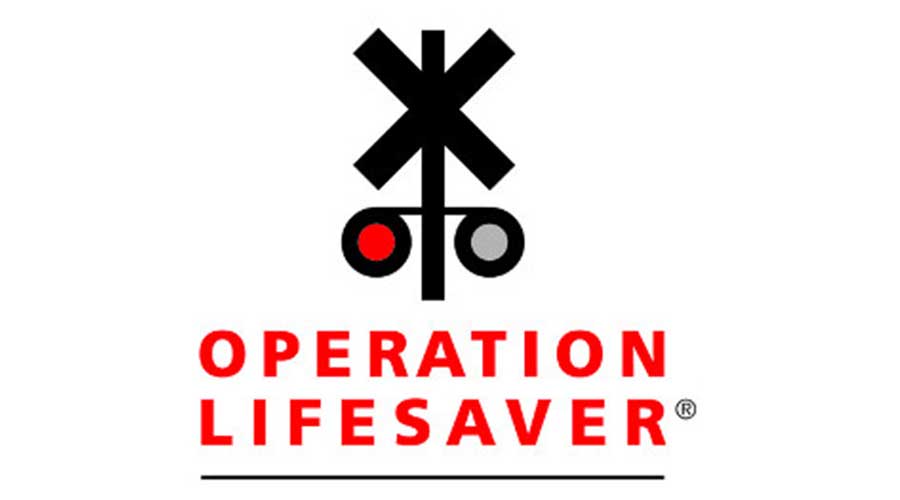Newsletter Sign Up
Stay updated on news, articles and information for the rail industry
Stay updated on news, articles and information for the rail industry
 railPrime
railPrime
Rail News Home
Mechanical
Rail News: Mechanical
In March and April, BNSF Railway Co. logged more miles per gallon of diesel thanks to employees’ efforts to adhere to operating practices, according to the Class I’s “BNSF Today” Web site.
In March, the railroad increased gross ton miles (GTMs) per gallon by 1 percent compared with March 2005; in April, BNSF boosted GTMs by 4.6 percent.
Crews increased the number of cars per train, reduced power and stretch braking, shut down idling locomotives in shops and yards, applied wheel flange lubricants and employed distributed power.
“It’s the best April we’ve ever had,” said Jeff Wright, assistant vice president of the locomotive utilization group. “The key is to work toward sustaining and extending these fuel-efficiency achievements.”
Each year, BNSF uses about 1.5 billion gallons of diesel, which constitute the railroad’s largest material expense. To gain long-term fuel savings, the Class I plans to use more fuel-efficient locomotives, and consist-management and train-pacing systems.
6/6/2006
Rail News: Mechanical
BNSF gets more bang for the buck at the diesel pump
advertisement
In March and April, BNSF Railway Co. logged more miles per gallon of diesel thanks to employees’ efforts to adhere to operating practices, according to the Class I’s “BNSF Today” Web site.
In March, the railroad increased gross ton miles (GTMs) per gallon by 1 percent compared with March 2005; in April, BNSF boosted GTMs by 4.6 percent.
Crews increased the number of cars per train, reduced power and stretch braking, shut down idling locomotives in shops and yards, applied wheel flange lubricants and employed distributed power.
“It’s the best April we’ve ever had,” said Jeff Wright, assistant vice president of the locomotive utilization group. “The key is to work toward sustaining and extending these fuel-efficiency achievements.”
Each year, BNSF uses about 1.5 billion gallons of diesel, which constitute the railroad’s largest material expense. To gain long-term fuel savings, the Class I plans to use more fuel-efficient locomotives, and consist-management and train-pacing systems.


 LRW Honors Amtrak’s Acheson As Railway Woman Of The Year
LRW Honors Amtrak’s Acheson As Railway Woman Of The Year
 From Editor-In-Chief Foran: Of Gender Equity And Inclusion
From Editor-In-Chief Foran: Of Gender Equity And Inclusion
 Spotlight On Some Of Today’s Rail Safety Products
Spotlight On Some Of Today’s Rail Safety Products
 Women of Influence in Rail eBook
Women of Influence in Rail eBook









